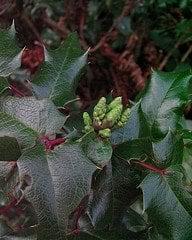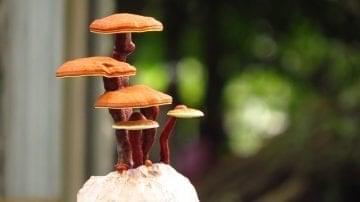Many gardeners who live in climates with long, warm, humid summers and cold winters choose to plant C. sinensis in pots. Camellia sinensis can be quite content living in a pot, so long as its neither too large nor too small and you keep the soil well-watered and well-drained. You can have a mini-tea plantation on your back patio...
Read this article and all of our other Herbal Nerd Society Content.
Become a Member Today. Join Us Here. | Already a Member just log in here.






